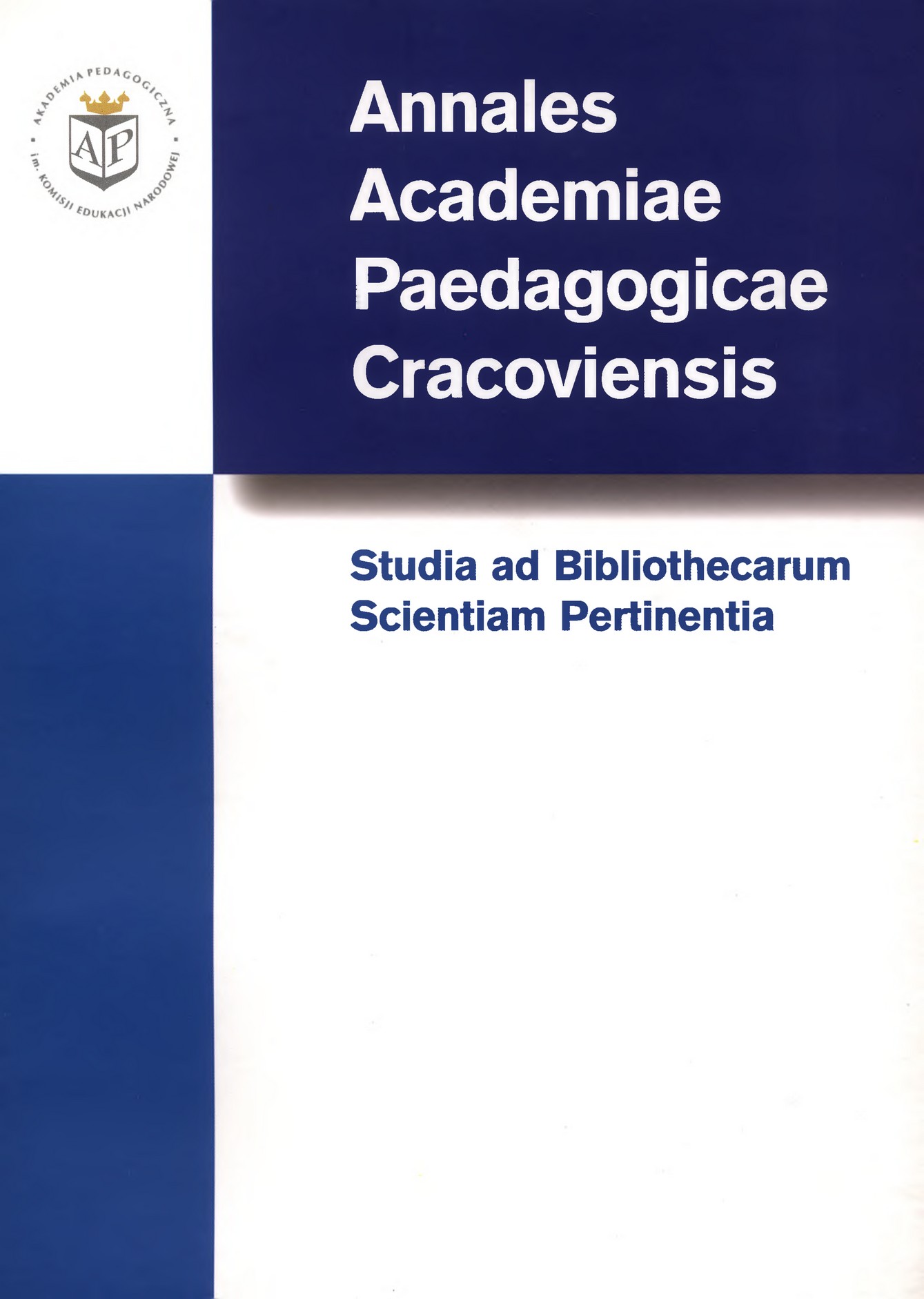Książka dla dzieci w ofercie wydawniczej środowiska polskich uchodźców na Węgrzech okresu II wojny światowej
Słowa kluczowe:
American Commission for Polish Relief, the Polish Library, Second World War, children literature, Polish refugees, Hungary, Maria Grażyna ŁawrukianiecAbstrakt
According to the estimated data, among the group of Polish war refugees in Hungary in 1939-1945 there were about 450 children at the age of primary education. After reorganizing and bringing to life the refugee structures, there was a special publishing action organized especially for these children, this action resulted in publishing ten books for the youngest reader in Budapest in 1940-1943. All of them - as almost all books published by the Hungarian Dispersion - were created using the “small print” technology. These editions were handled by the American Committee for Polish Relief (2 books in 1940), and - most of all - by the Polish Library (Biblioteka Polska - 8 books throughout 1941-1943). Apart from the renewals of positions for children and adolescents from before 1939, which were limited by the availability of the originals, there is one author that deserves special credit - the young teacher Maria Grażyna Ławrukianiec, who was the only author in the Hungarian refugee world to devote her work completely to the youngest reader. She published three books with the Polish Library, all of which comprised of poematic or prosaic short stories for children (Księżycowa bajka 1941, Opowiadania 1942, Tytuł da serce 1943), as well as a new translation of a popular novel by Alan Alexander Milne about Winnie the Pooh called Miś Puh- Niedźwiedzki - 1943. The characteristic feature of the publishing program of the Polish Library was a completely free-of-charge distribution of all children books within the premises of the Kingdom of Hungary. This distribution was conducted based on the demand lists created by individual facilities and camps all over the kingdom. The books were also - when possible - tried to be distributed free-of-charge outside the boundaries of Hungary to other Polish refugee groups.Bibliografia
Biegański, W., Uchodźcy polscy na Węgrzech w latach 1939–1945, [w:] Antyhitlerowska działalność Polaków na Węgrzech i Bałkanach, Warszawa 1971.
Csorba, H., Michalak, I., Bibliografia poloniców węgierskich 1939–1945, „Biuletyn Instytutu Bibliograficznego” 1958, nr 3.
Czachowska, J., Maciejewska, M. K., Tyszkiewicz, T., Literatura polska i teatr w latach II wojny światowej. Bibliografia, t. 2, Wrocław 1984; t. 3, Wrocław 1986.
Felczak, W., Historia Węgier, wyd. 2 popr. i uzup., Wrocław 1983. Grzybowski, S., Wspomnienia, Kraków 1999.
Lagzi, I., Uchodźcy polscy na Węgrzech w latach drugiej wojny światowej, Warszawa 1980.
Ławrukianiec, M. G.: „Księżycowa bajka”, „Opowiadania”. Nakładem Biblioteki Polskiej w Budapeszcie, „Wieści Polskie” 1942, nr 90, 92, s. 2–9.
Stasierski, K., Szkolnictwo polskie na Węgrzech w czasie drugiej wojny światowej, Poznań 1969.
Woźniakowski, K., Biblioteka Polska (1941–1944): czołowa oficyna wydawnicza polskiej diaspory wojennej na Węgrzech, „Zeszyty Prasoznawcze” 2012, nr 3, s. 83–97.
Woźniakowski, K., Czasopiśmiennictwo dziecięce polskiego uchodźstwa na Węgrzech okresu II wojny światowej, [w:] „Stare” i „nowe” – czasopisma dla dzieci i młodzieży, pod red. B. Olszewskiej i E. Łuckiej-Zając, Opole 2013, s. 363–389.

